
Managing Anxiety with CBT For Dummies
by Graham Davey, Kate Cavanagh, Fergal Jones, Lydia Turner and Adrian Whittington

Managing Anxiety with CBT For Dummies
Published by
John Wiley & Sons, Ltd
The Atrium
Southern Gate
Chichester
West Sussex
PO19 8SQ
England www.wiley.com
This edition first published 2012
Copyright 2012 John Wiley & Sons, Ltd, Chichester, West Sussex, England
Registered office John Wiley & Sons Ltd, The Atrium, Southern Gate, Chichester, West Sussex, PO19 8SQ
For details of our global editorial offices, for customer services and for information about how to apply for permission to reuse the copyright material in this book please see our website at www.wiley.com .
All rights reserved. No part of this publication may be reproduced, stored in a retrieval system, or transmitted, in any form or by any means, electronic, mechanical, photocopying, recording or otherwise, except as permitted by the UK Copyright, Designs and Patents Act 1988, without the prior permission of the publisher.
Wiley publishes in a variety of print and electronic formats and by print-on-demand. Some material included with standard print versions of this book may not be included in e-books or in print-on-demand. If this book refers to media such as a CD or DVD that is not included in the version you purchased, you may download this material at http://booksupport.wiley.com . For more information about Wiley products, visit www.wiley.com .
Designations used by companies to distinguish their products are often claimed as trademarks. All brand names and product names used in this book are trade names, service marks, trademarks or registered trademarks of their respective owners. The publisher is not associated with any product or vendor mentioned in this book.
Limit of Liability/Disclaimer of Warranty: While the publisher and author have used their best efforts in preparing this book, they make no representations or warranties with the respect to the accuracy or completeness of the contents of this book and specifically disclaim any implied warranties of merchantability or fitness for a particular purpose. It is sold on the understanding that the publisher is not engaged in rendering professional services and neither the publisher nor the author shall be liable for damages arising herefrom. If professional advice or other expert assistance is required, the services of a competent professional should be sought.
For general information on our other products and services, please contact our Customer Care Department within the U.S. at 877-762-2974, outside the U.S. at (001) 317-572-3993, or fax 317-572-4002. For technical support, please visit www.wiley.com/techsupport .
A catalogue record for this book is available from the British Library.
ISBN 978-1-118-36606-6 (pbk), ISBN 978-1-118-36609-7 (ebk), ISBN 978-1-118-36607-3 (ebk), ISBN 978-1-118-36608-0 (ebk)
Printed in Great Britain by TJ International Ltd, Padstow, Cornwall
10 9 8 7 6 5 4 3 2 1


Introduction
C ognitive Behavioural Therapy, or CBT, is one of the most popular modern treatments for psychological problems, and is the treatment of choice for common mental health problems such as anxiety and depression. In this book we help you use the principles and practices of CBT as a tool to help you overcome problematic anxiety.
The strength of CBT is that it helps you to identify patterns in your thoughts and behaviours that exacerbate and maintain your anxiety. CBT then provides basic ways in which you can change unhelpful thinking (the cognitive , or thinking, bit), and find new ways to behave (the behavioural bit) that minimise anxiety.
Youre not unusual if you suffer from anxiety problems. Theyre a common feature of modern-day living, and sometimes anxiety can overwhelm you. In this book we use tried and tested treatment methods that enable you to overcome your own anxiety. We discuss how normal anxiety can turn into a problem, and the various ways in which problematic anxiety can manifest itself. And we show you how the principles and practices of CBT can help you, and how you can maintain your progress and build a better and fuller life.
About This Book
We wrote this book to provide comprehensible coverage of what anxiety is and how you can use CBT to overcome it. The book covers:
 Knowing what anxiety is and how it can become a problem.
Knowing what anxiety is and how it can become a problem.
 Understanding your own anxiety and drawing up a map of your anxiety that helps you explain what causes it and what maintains it.
Understanding your own anxiety and drawing up a map of your anxiety that helps you explain what causes it and what maintains it.
 Setting goals for yourself when starting to deal with your anxiety.
Setting goals for yourself when starting to deal with your anxiety.
 Using techniques for facing up to your fears and anxieties.
Using techniques for facing up to your fears and anxieties.
 Dealing with uncontrollable worrying.
Dealing with uncontrollable worrying.
 Identifying unhelpful rules you use that maintain your anxiety, and providing you with various techniques to change these rules and errors of thinking.
Identifying unhelpful rules you use that maintain your anxiety, and providing you with various techniques to change these rules and errors of thinking.
 Putting your anxiety into perspective and helping you to make lifestyle changes that maintain your mental health and ward off anxiety.
Putting your anxiety into perspective and helping you to make lifestyle changes that maintain your mental health and ward off anxiety.
Weve tried to adopt a simple, readable style, and weve provided interesting activities, examples and illustrations that we hope you find accessible and even entertaining. Most importantly, we hope that you find out a little about CBT and are able to use it in the context of your own life to help you understand and manage your own anxiety.
However, if your anxiety is causing you considerable distress to the point where its interfering significantly with the things you need to do each day and with your enjoyment of life, then we recommend that you seek professional help to provide you with an additional helping hand.
Conventions Used in This Book
Italics introduce new terms, underscore key differences in meaning between words and highlight the most important aspects of a sentence or example.
Bold text shows keywords and the action part of numbered lists.
Sidebars the grey shaded boxes you see in most chapters contain interesting titbits of information or occasionally expand on a topic within the chapter. Read them if they look interesting to you, or skip them.
How This Book Is Organised
We divide the book into four parts consisting of a total of 11 chapters. The table of contents lists subheadings that provide more information about each chapter, but below is a brief description of the purpose and contents of each of the four parts of the book.
Part I: Understanding Your Anxiety
This part helps you to understand what anxiety is and why people experience it.

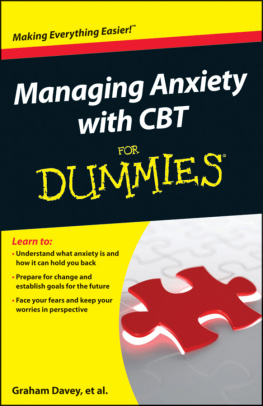
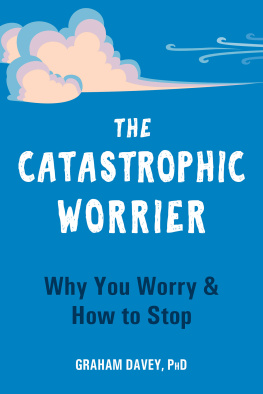




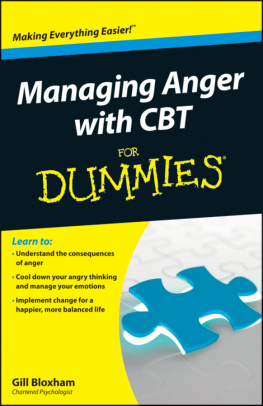
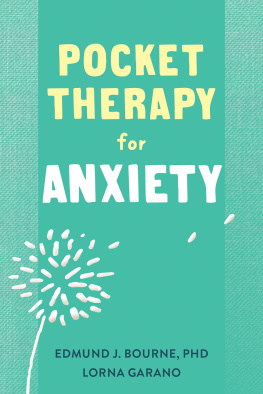
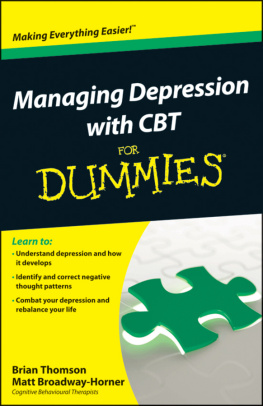

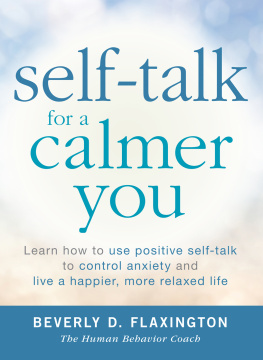
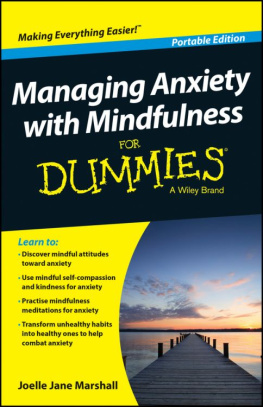
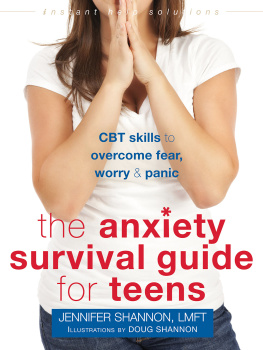
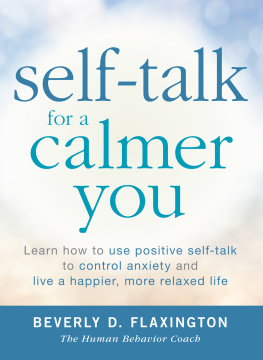




 Knowing what anxiety is and how it can become a problem.
Knowing what anxiety is and how it can become a problem.